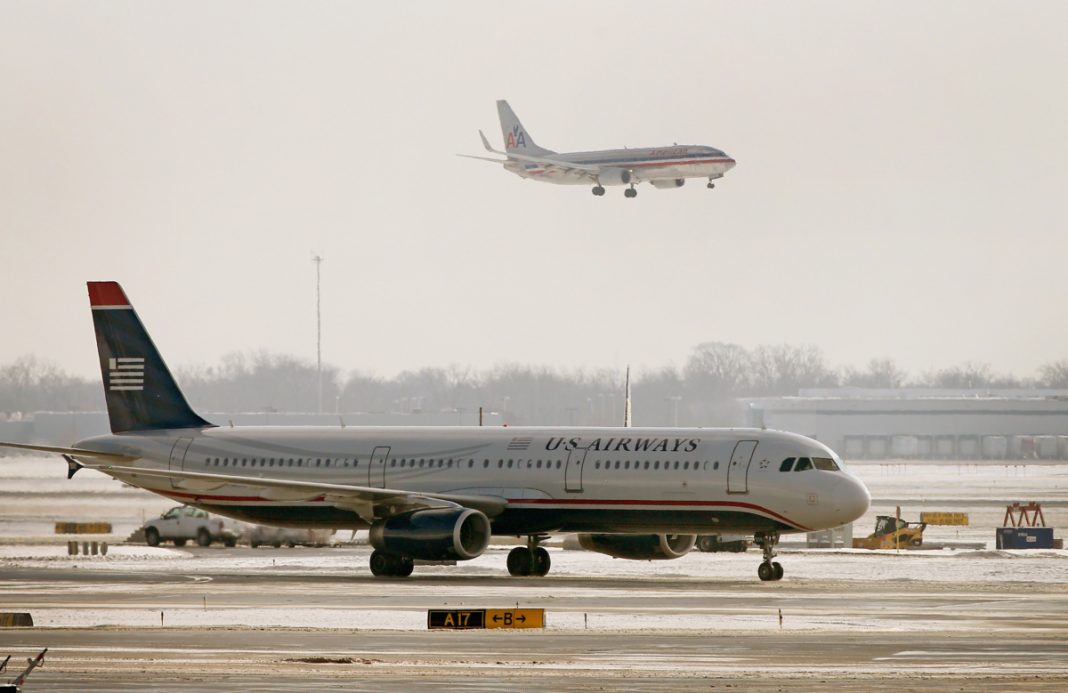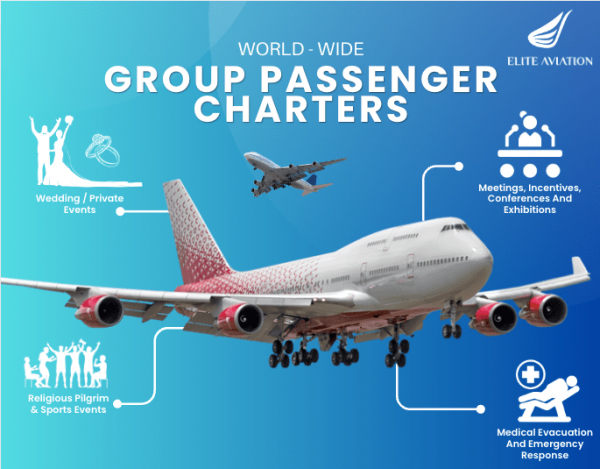American Airlines and US Airways merged in 2013, leading to the retirement of the US Airways brand. The merger brought together two of the oldest airlines in the US. And it created the world’s largest airline at the time. This article looks back at the two airlines before they merged, the details of the merger, and its challenges.

American Airlines
American Airlines is one of the oldest airlines in the US. It came together in 1930 from the collaboration from many smaller independent airlines (up to 80) under a shared brand of American Airways.
It became American Airlines in 1935 after it was purchased by US businessman E.L. Cord. It was the first highly successful passenger operator after its CEO C.R. Smith worked with Douglas to develop the DC-3 aircraft. This started operating in 1936 and allowed American Airlines to launch passenger services over longer distances, with sleeper services.

It started overseas services after the Second World War, much earlier than US Airways. Separate airlines were launched to offer European and Latin American flights. And it was an early adopter of jet aircraft, introducing the Boeing 707 in 1959.
Acquisitions have been a significant part of the growth of the airline. In 1971, it acquired Trans Caribbean Airways. And in 1990, it bought rival Trans World Airlines’ (TWA) operations at London Heathrow, followed by the full airline in 2001. It also acquired several Latin American routes from Eastern Airlines, introducing Miami as a hub city.

Like most airlines, American was struck by the terrorist attacks in September 2001. This worsened after the financial crisis in 2008, and the parent company of American Airlines, AMR Corporation, filed for bankruptcy protection in 2011.

US Airways
US Airways dates back to 1939 when All American Aviation was founded in Pittsburgh. Like American Airlines, it grew in the early years through its mail services, serving the South and Midwest areas.
It did not start passenger services until 1949, when, as All American Airways, it started DC-3 services to the US Northeast. In 1952, it changed its name to Allegheny Airlines and entered the jet age in 1966 with the Douglas DC-9. It grew rapidly with several acquisitions but remained a Northeast focussed operator.

Deregulation in the US in 1978 allowed the airline to expand to other locations, and the growing airline changed its name to USAir. It became the largest operator of the DC-9 and the launch customer for the Boeing 737-300, which it worked with Boeing to design.
USAir continued the acquisition started by Allegheny Airlines, taking over several other airlines during the 1980s. These included Piedmont Airlines, which gave it hubs in Baltimore and Charlotte, and west-coast based Pacific Southwest Airlines. Flights to Europe began in the 1990s.
The early 2000s brought difficulties for the airline, known as US Airways, since 1997, as it had done for American Airlines. It faced bankruptcy in 2004, amidst financial problems after the September 11th, 2001 terrorist attacks, and a failed acquisition by United. This led to its merger with America West Airlines in 2005, creating the fifth-largest US airline and retaining the stronger US Airways brand.

Merging the two airlines in 2013
By 2013, neither airline was in a great position. American Airlines had filed for bankruptcy in 2011. And US Airways was recovering from its earlier bankruptcy and merger with America West Airlines.
American Airlines considered several possible airline mergers as part of its restructuring plans. It signed a nondisclosure agreement with US Airways in August 2012 as they began discussions of a potential merger.
A merger between AMR Corporation (American Airlines’ holding company) and US Airways was announced in February 2013. AMR took 72% of the new company, and US Airways shareholders took 28%. The new company stuck with the American Airlines brand and logo, and American Airlines Group Inc began trading on the US stock exchange on December 9th.

Merging the operations of the two airlines took a lot longer than this. US Airways former CEO Doug Parker took over the role at the combined company. The headquarters moved to American’s base in Dallas, Texas. And there were, of course, many more shifts in personnel, locations, routes, and systems to sort out.
It was not until October 2015 that the FAA awarded a single operating certificate for the new airline. And the US Airways brand was not discontinued until October 2017. Aircraft repainting carried on for a couple of years after that.

Objecting to the merger
The merger created the largest airline, not only in the US but globally. It is not surprising that this was contentious. The US Department of Justice, along with several state attorney generals, launched a lawsuit to block the merger.
They argued on the grounds of less competition and higher prices. This was settled by the end of 2013, with terms including giving up slots at Washington Reagan National and LaGuardia airports. The airline also agreed to maintain its previous levels of operation at several airports of concern for at least three years.
There was a further attempt to block the merger. Passengers and travel agents filed an antitrust lawsuit, also in 2013. They again argued based on increased ticket prices. The claim was rejected but went all the way to appeal at the Supreme Court. It caused delays to the process but failed to stop it.
The largest airline in the world?
Following the merger, American Airlines was the largest airline globally (by most metrics, including revenue, passengers, and fleet size). By 2019 though, this had started to change.

As reported in analysis by The Points Guy, Delta Air Line overtook American that year in terms of total operating revenue. And United Airlines moved to top place when considering Available Seat Miles. American Airlines moved to second under both metrics. Much of this shift was due to the ongoing grounding of American’s 737 MAX aircraft.
And with the slowdown in aviation in 2020, the situation shifted again. Simple Flying took a look at the effect on all three airlines in Q2 2020. All airlines made a loss, but United fared best, with American again in second. But American was significantly ahead in total passenger revenue.
Would you like to share any information you know about the airlines or the merger? Did you fly on the airlines around that time? Let us know in the comments.
[ad_2]
Source link


